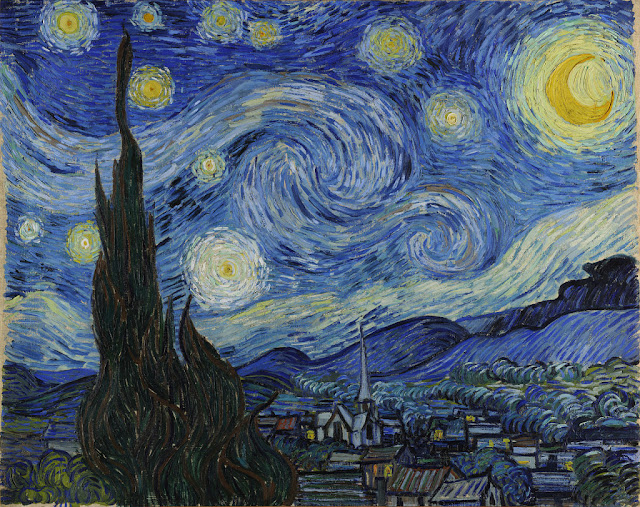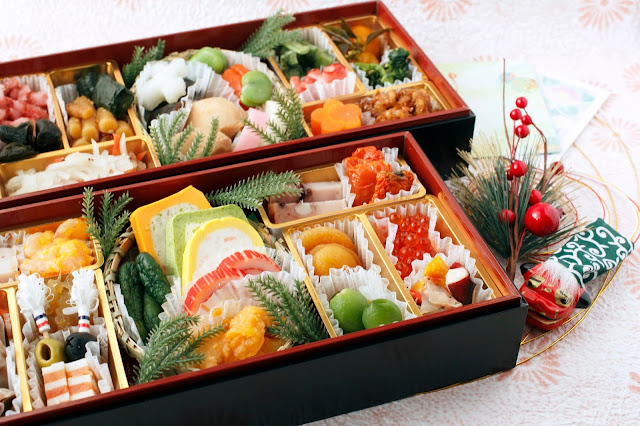 |
| Art produced by Google’s Deep Dream Artificial Intelligent - Google Deep Dream |
There are huge definitions of art and whether
we understand the meaning of art or not, we might contributed or came crossed
it without even realize it. Before we go through some definition of arts one
thing we can be sure, art is important in our lives.
These are few definitions of the arts from
various sources;
Google Dictionary:
- the
expression or application of human creative skill and imagination, typically in
a visual form such as painting or sculpture, producing works to be appreciated
primarily for their beauty or emotional power.
- the
various branches of creative activity, such as painting, music, literature, and
dance.
- subjects
of study primarily concerned with human creativity and social life, such as
languages, literature, and history (as contrasted with scientific or technical
subjects).
- a
skill at doing a specified thing, typically one acquired through practice.
Wikipedia:
- Art
is a diverse range of human activities in creating visual, auditory or
performing artefacts (artworks), expressing the author's imaginative or technical
skill, intended to be appreciated for their beauty or emotional power. In their
most general form these activities include the production of works of art, the
criticism of art, the study of the history of art, and the aesthetic
dissemination of art.
Well, we know that’s not enough to explain
about the arts. So we can see few other references, perhaps from Huffingtonpost, or something deeper from Mentalfloss, and don’t forget to check on
details discussion “What is Art? and/or What is Beauty?” from Philosophynow. So arts can be in many forms from
the way we talk, to the way we walks (it’s everything) and we are all doing it
with the different impacts to our surrounding.
Here's what we are going to share few forms of the
arts that we knew well. Perhaps we can learn more about it in details. We also
will share few people that good at it, and few sources that we can learn more
about it. So, we can choose which form of arts that we like and go through it
more deeply. These resources will be added from time to time (just follow the
link provided).
Drawings:
 |
| The starry night by Vincent van Gogh vallued at more than hundrend millions - Photo by: wikimedia |
Drawings are the most basic form of arts. Even though
some other arts don't require drawings, many others rely on drawings as their
basic such as pottery, woodworks, ironworks, glassworks, architectures, and
many others. Whether there’s a physical drawing or not, those arts need to
start with some drawings.
So let see drawings in general through their
media;
Drawings; pencil drawing, charcoal, ink or
monotones.
Coloured drawings/paintings:
- Colourpencil
- Crayon
- Pastels
- Chalk
- Watercolours
- Acrylics
- Oil
paintings
- Airbrush.
- Pen
- ballpoint pen, technical pen, fountain pen, nib pen, marker
* Other forms of drawings such as graffiti,
mural, comic or manga can be related back to the panting media above.
Crafts:
Craft is another broad form of arts that can be
categories into few different classes. Here we will list few of it and will try
to add more as much as we can. Usually craft also will be linked together with
drawing skills.
Textiles:
Even though the process of producing the
textiles itself is an art, but the arts that related to textiles are developed
tremendously. The arts of textiles including producing products from the
textiles and also the patterns using the same materials or additional materials
as additional.
- Applique
- Beadwork
- Crochet
- Dyeing
- Embroidery
- Knitting
- Lace
- Patchwork
- Passementerie
- Quilting
- Rug
& carpet making
- Textile
printing
Pottery:
For pottery it is easier to classify the arty
types using the materials that use (as the arts mostly known by their
materials).
- Earthenware
- Terracotta
- Stoneware
- Porcelain
- Fritware
- Egyptian
faience
- Ironstone
- Jasperware
It’s hard to classify the woodworks as I am not
so sure all of them. So if there’s any opinion to add on this topic, please don’t
hesitate to add it in the comment or send me an email. Here I will list some of
them base on how the woodworks process;
- Wood
carving
- Parquetry
- Japanese
carpentry
- Spindle
turning
- Pyrography
- Clogs
- Lacquerware
- Craft
with plant materials - coconut shell, bamboo, rattan, and etc.
Glass:
 |
| Glassart in Formosa Boulevard Station, Kaohsiung City, Taiwan – Photo by: wikipedia |
Same goes for the glass, the process has also
become the classification of the glassworks. One process might have different
distinctive results. Usually craftsman will only mastering one type of
glasswork - because it requires different type of tools.
-
- Glassblowing
- Stained
glass
- Glass
sculptures
- Etched
glass
- Cold
glass
- Enamelled
glass
- Glass
mosaic
Metal:
There are different types of classification of
metalwork, it’s either by the types of metal that their use or the product that
they produce. Sometimes we also known them with the process. But here let us
list some of it to see the different;
-
- Goldsmith
- Silversmith
- Sculptures
- Masks
- Metal
plates
- Ornaments
- Furniture
- Jewelleries
- Musical
instruments
* Goldsmith and silversmith can also producing jewelleries,
but they are specified to each metal if they only work with one metal only.
Creative Arts:
Writings:
Writing is also another important types of art.
From the basic form of writing it’s allow us to record some important
information in the history. Today we have different types of writing for different
purposes even for different languages.
- Journals
- Diaries
- Essays
- Storytelling
- Poetry
- Memoir
- Scripts
- Blogging
- Free
writing
Performances:
 |
| Photo
of book cover: Michael Jackson: The King of Pop by Chris Roberts |
Acting, singing, theatre performances,
magician, stand-up comedy, dancing and live performances (acrobatics, mix of
performances).
Cooking:
 |
| Japanese foods presented with beautiful decoration. - Photo by: savvytokyo.com |
Cooking is another huge topic to talk about, but
still so important in our history. Every dishes need to prepare accordingly or
it cannot be eaten. We might add extra decoration – that will be different part
of art. We will try to list some of it, but then we only get clearer picture
when we go through it one by one.
By process;
- Roasting
- Grilling
- Blanching
or boiling
- Sous-vide
- Steaming
- Baking
- Stir-frying
- Fermenting
- Salads
* There are many other types of cooking arts
that we need to discuss it in more specific articles, especially when we talk
about specific dishes such as specific dishes related to some part of culture, e.g.:
sushi, kimchee, tom yam, rendang and etc.
As you can see, there are too many form of arts
and I cannot list of all it here. So I will come back to add more of it in this
list. From here we can see more articles to help us to develop the skills or to
learn more from those who are good at it, or maybe we just want to get more
information about it. Hope this will help for us to enrich our knowledge.









































